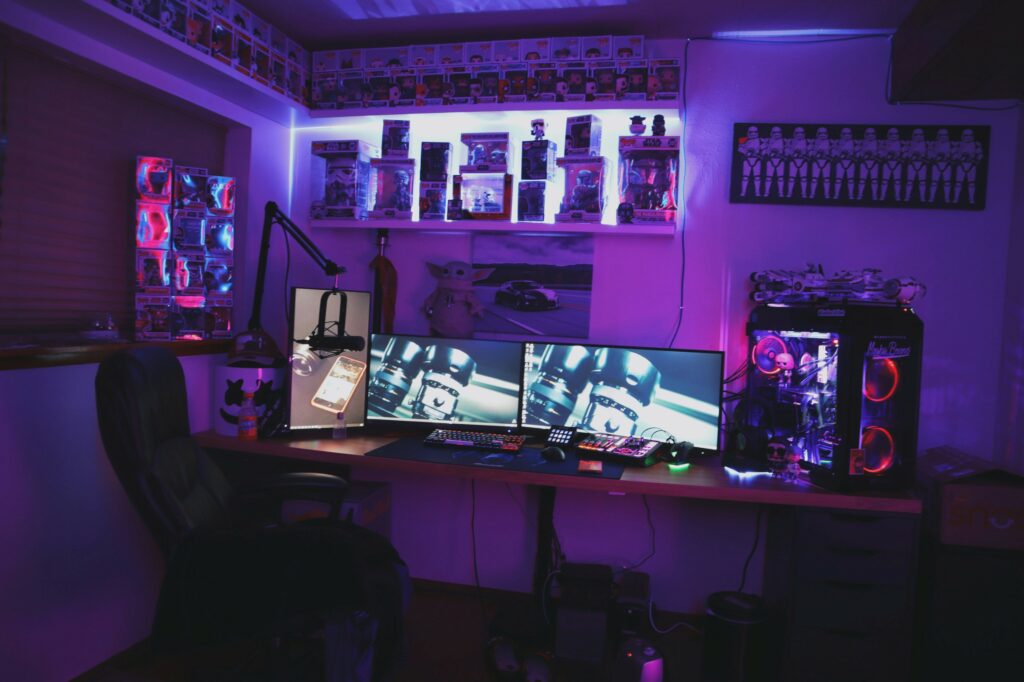Hi Everyone. Welcome to another issue of Naavik Digest! If you missed last issue, be sure to check out our analysis of five mobile titles that broke into the Top 100 Highest-Grossing chart over the past year and what we can take away from their success. Today, we have a look at the burgeoning in-car gaming market, how it might shape up in the future, and what it means for developers looking to explore new platforms.
Expansions, Contractions, and Partnerships

How are Netflix and other game studios expanding while Amazon and Twitch make layoffs? What does a partnership between the two heavyweights of web3, IMX and Polygon actually mean? Can MS and Epic compete with existing app stores? The mysteries of CCP raising money for a web3 game explored. We dive into the latest games business news with Anil Das-Gupta, Aaron Bush, Dave Elton, and your host Devin Becker.
You can find us on YouTube, Spotify, Apple Podcasts, Google Podcasts, YouTube, our website, or anywhere else you listen to podcasts. Also, remember to shoot us any questions here.
#1: How Automakers Are Banking On An All-New Type Of Mobile Gaming
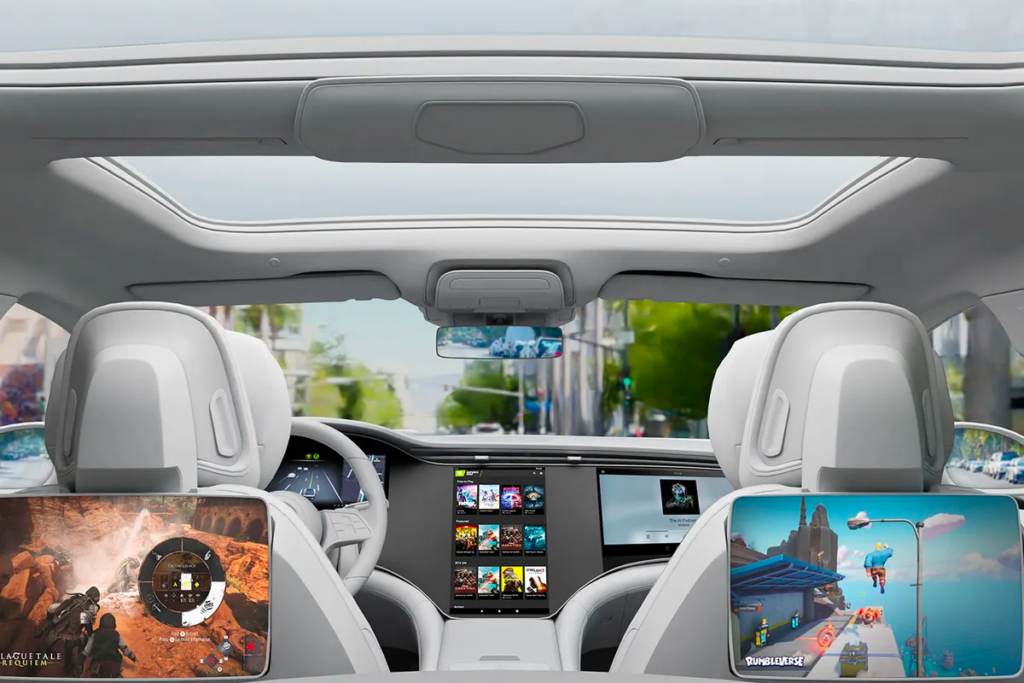
Cars have been appearing in video games since 1972’s Wipeout, the first ever racing game and a launch title on the Magnavox Odyssey. Over 50 years later, the inverse is happening: games are now finding their way into cars. In-car entertainment systems, sometimes referred to as infotainment screens, have been evolving for years and now more closely resemble software platforms not unlike mobile operating systems and game consoles. These platforms took center stage at CES 2023 earlier this year, when multiple automakers put gaming at the forefront of their announcements at the Las Vegas trade show.
This evolution reflects the intersection of three major technology trends: car connectivity/IOT, autonomous driving, and cloud gaming. Building on these developments, car manufacturers are positioning their next-generation vehicles as fully-fledged home theater rooms on wheels, with gaming as a core part of the experience.
If entertainment is a core part of the car of the future, how should game developers respond? In short, gaming in automotive deserves to be taken seriously, even now. Major distributors have already been striking deals with the world’s largest automotive brands, allowing games to reach new audiences and generate incremental revenue. Further ahead, automakers are positioning their vehicles as unique destinations for entirely new kinds of gaming experiences that incorporate technologies like augmented and virtual reality, opening up massive new markets and fascinating possibilities for game makers.
How does the business of gaming in cars work?
Today, and for the foreseeable future, gaming exists alongside other media like movies, television, and music as the primary focus of a vehicle’s onboard entertainment system. McKinsey reports that in-car entertainment, including video, music, and games, is expected to generate $30 to $60 billion in value by 2030.
Automakers typically strike a partnership with a gaming distribution platform to make some or all of their content library available in their vehicles. For example, Tesla has a deal with Steam to make Steam Deck games available within Tesla Arcade (the idea being to enable Tesla owners to play games while charging their car). Likewise, Nvidia announced at CES that its cloud gaming platform, GeForce Now, would be available to all automakers who use some of its automotive-specific technology. This includes major companies like Hyundai and Polestar.
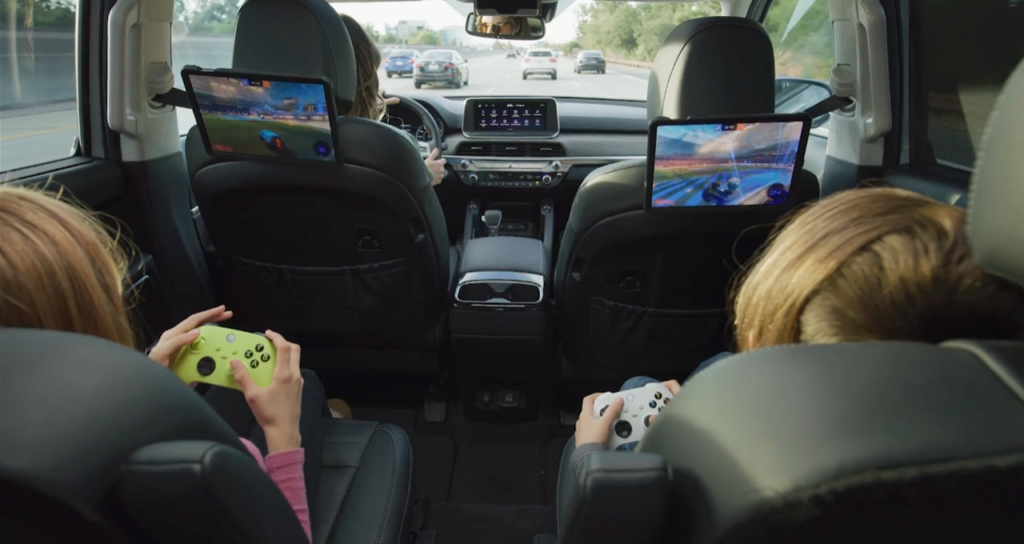
Not all automakers are focusing on licensing premium PC libraries, though. BMW is betting on casual, local multiplayer, and has inked a partnership with Swiss startup N-Dream. N-Dream’s platform, called AirConsole, is accessed through the dashboard and controlled using smartphones. It consists entirely of casual games that support local multiplayer. N-Dream has a subscription revenue share model for game developers to create exclusive games for AirConsole. This presumably means the automaker pays N-Dreams a recurring fee to offer AirConsole games in its cars, and AirConsole remits some portion of this back to its developers. There are currently 180-plus games on AirConsole.

Monetization typically occurs outside of the vehicle. Either the games are free to users (as is the case with AirConsole games inside BMWs, with BMW eating the cost) or users login to their existing Steam or GeForce Now accounts to play games they’ve already purchased. This is similar to how in-car video and music is also monetized.
In the current market landscape, games find ways into cars by being part of an existing distribution library. These distribution platforms, not individual publishers, are the ones that cut deals with automakers to make all or part of the library available. The automaker pays the distribution platform, which then remits proceeds back to the publisher, presumably under the original, standard terms of PC distribution. As Dirk Hilgenberg, head of Volkswagen AG's CARIAD software unit, told Reuters at CES, "You could just host the third-party app for a streaming service, or generate joint platforms. You guarantee certain volumes, you guarantee certain revenue [to the gaming distribution service].”
Opportunities for game developers
Automakers want to differentiate their products through enhanced entertainment experiences. At CES, Hilgenberg also said that content, “provided by software enabled functionality will be a decisive factor for buying." This drive for differentiation means that automakers are eager to strike deals, especially exclusive deals, for popular gaming content to be made available in their vehicles. For developers with titles available on platforms like GeForce Now, this can mean some incremental revenue with effectively zero additional work.
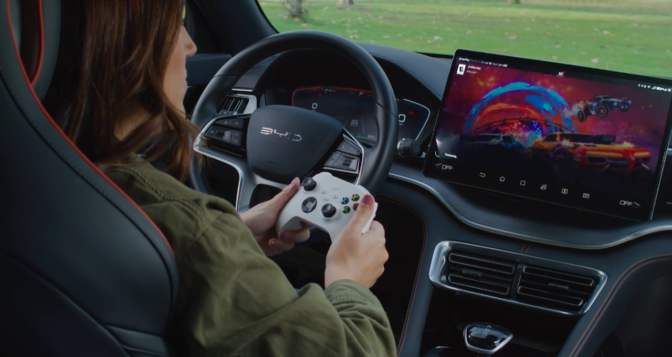
This also applies to discoverability, but with additional room for publisher involvement. The car’s entertainment system offers publishers the chance to cut through overcrowded storefronts on PC and mobile to reach new players in a unique environment. It’s also not hard to envision publishers teaming up with automakers on advertising and promotional campaigns centered around a new car model and a specific game available in its entertainment system.
As the car becomes ever more like a luxury home theater system, complete with advanced audio, windows and windshields that double as screens - extending even to sensory inputs such as haptic activation in seats - developers of highly immersive games (like VR titles) may see additional benefit. These future cars will enable new, unique types of experiences, and may even expand the market for VR and fully-immersive games. Some startups are already building for this future: at CES this year, a company called Holoride demoed their VR game where in-game motion is tied to the vehicle’s real-world motion.
One of the most illustrative examples of the car as a new home theater was the CES announcement of a joint automotive company from Sony and Honda. The new Sony Honda Mobility (SHM) company’s first car, named AFEELA, is positioned as an entertainment-first vehicle.. Naturally, Sony Pictures movies and PlayStation games are available for the car’s entertainment system. Additionally, the car’s UI is 3D and powered by Unreal Engine, which is evidence of Sony and Epic Games’ increasingly financially intertwined partnership.
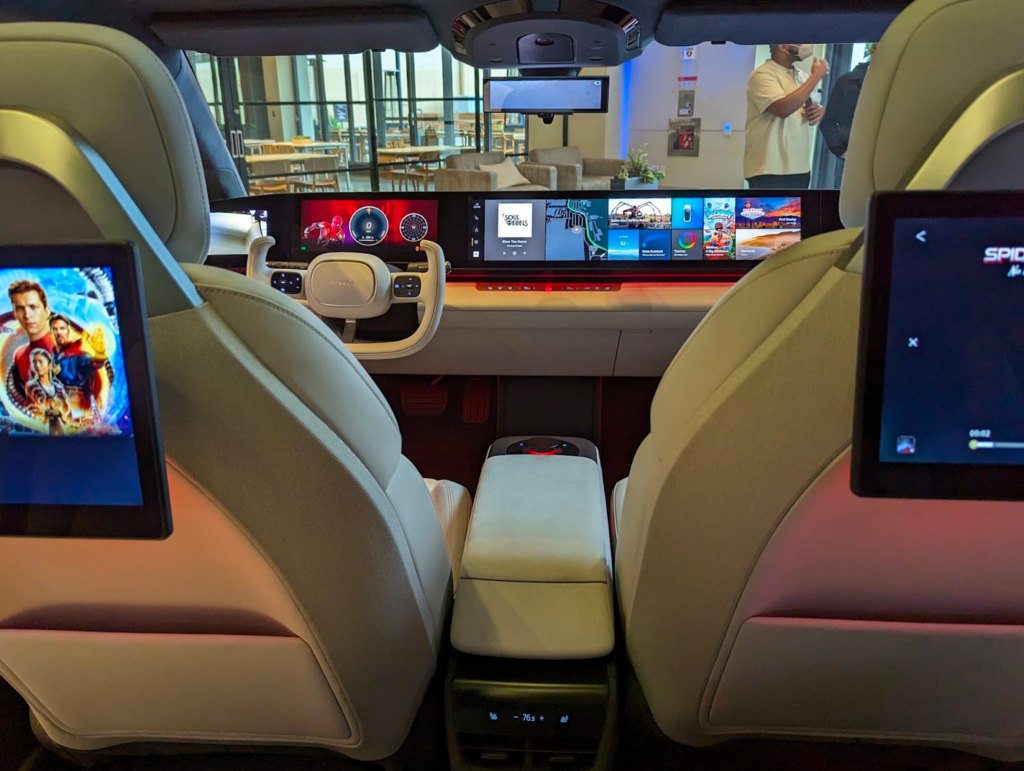
As mentioned before, most of the revenue upside goes directly to gaming distribution platforms before being remitted back to publishers and developers based on contractual agreements. Many automakers already offer, and want to grow, their own monthly subscription services for advanced features. There are potential partnership opportunities to bundle gaming subscription services with the automotive subscription to boost subscription revenue for both parties. For example, you could imagine a scenario in which signing up for BMW+ nets you six months of Xbox Game Pass Ultimate.
In general, automakers offer incremental opportunities for all kinds of developers without too much, if any, additional work. Everything from casual games to premium PC titles to VR experiences can already be enjoyed inside vehicles, and by the time most of the cars showcased at CES are released in a few years’ time, the breadth of automotive gaming should be more well established.
Looking further ahead
Licensing third-party titles will only differentiate automakers up to a certain point. Eventually, we should expect native content made exclusively for a manufacturer’s vehicles to become a key selling point for consumers looking to purchase a new car, in turn creating a new market for game developers. The timeline for more advanced, bespoke automotive gaming experiences is many years away, but we can still see hints of what these products might look like and how they might work beyond the in-car entertainment system.
One of the first of these more advanced opportunities for gaming lies in augmented and mixed reality. At CES, BMW and Volkwagen previewed digital experiences, including entertainment ones, that interacted with the real world, overlaid on the car’s windshield. Features like this open a fascinating canvas upon which game developers could someday build. Right now, we can look at Niantic’s many AR games, or even certain elements of immersive racing sims, as leading indicators of what AR-powered driving games might look like. Just like Niantic’s products (but even more so), safety will be a major concern.

Even without a visual component, the connected car offers developers opportunities to create games and social, gamified experiences that have parallels to existing products. Network effects already play a role in EV charging and autonomous driving; what about network effects in in-car entertainment? Automakers would surely love a proprietary, gamified social network. Just consider Waze, which has relied on gamification for car-based mobility since 2006! Other products that gamify and socialize real-world navigation, like Strava or Swarm/Foursquare, offer other examples that game developers can expand upon.
Another model that comes to mind is gamified fitness, especially in transportation fitness like running and cycling. Peloton has been a pioneer through the release of the internally-developed, Unity-powered game Lanebreak on their devices. Tesla routinely hires internal game developers. Will other automakers come to follow a similar pattern in pursuit of differentiation, instead of the current prevailing model of licensing third-party titles?
There are also interesting opportunities for other stakeholders in the mobility space to offer games. Consider ride-hailing services like Lyft and Uber. Third-party touch screens have been a feature inside some taxi fleets and in individual Uber/Lyft drivers’ cars for years, and Uber has experimented with in-app quizzes (for recruiting purposes) in the past. The opportunity for these companies to more fully embrace gaming within their services (as some international mobility super-apps are doing) could allow them to better retain and even monetize users, and would offer an intriguing possibility for game developers, especially in the mobile sector.
Recommendations for Developers and Publishers
With all the recent announcements, and a heady mix of opportunity both now and further in the future, how should game creators think about the automotive space?
First, gaming companies need to recognize that this is a very nascent space, with more buzz and hype than meaningful business potential for most developers in the short term. The in-car technology platforms previewed at CES are years away from release, and will start out as high-end, luxury products before steadily moving their way into the mass market. Still, games are already being played in many vehicles (mostly Tesla) and money is being made (mostly at the distribution level).
Over the next decade, development of native in-car gaming experiences may become the defining feature of this space, but for the time being, success for game developers and publishers will come down to being on the right distribution platform, with that platform making their game available in turn to an automaker.
Local multiplayer games may be uniquely suited to the near future state of cars, and automakers like BMW are prioritizing this. For developers and publishers of local multiplayer games, it’s certainly worth prioritizing a distribution platform that supports in-car entertainment, or speaking with automakers directly, perhaps even about an exclusive deal.
Eventually, the car may become the home theater system that automakers envision, and therefore a preeminent place for gaming, both while in motion and while parked. It’s too early to devote resources or much attention to building native gaming experiences for cars, but the unique user experience and highly motivated automakers incentivizing content make this space worth monitoring.
It’s also important to understand the risks involved. The most obvious of these is safety. It goes without saying that no developer would want to make headlines over a car accident caused by a driver playing their game while operating the vehicle. This is largely out of developers’ control, and something automakers have largely been able to manage. However, developers must be aware that lawsuits or negative publicity are a perpetual risk when your game is playable in a vehicle.
Technical and business concerns are also a consideration. Online games rely on the car’s connection to the internet, which differs greatly from a wired connection at home - making games requiring low latency or highly stable connections challenging.. Additionally, automakers want to use games to differentiate their vehicles from competitors. In many cases, this could mean exclusive deals between automakers and game distribution platforms (and potentially game publishers in the future). This could limit the reach of particular games as exclusivity deals do today in the console gaming space, though manufacturers are likely to pay more for exclusive rights.
The more distant future of AR-powered, gamified driving and social networks is too hypothetical for most developers to devote resources to today, but the prospect carries massive potential for gaming and should be taken seriously as a future use case. In the meantime, automakers are motivated and ambitious, and there is some money to be made for game developers today. Ignoring the opportunity of in-car entertainment, even as just a third-party distribution channel, may mean leaving that money on the table and leaving new audiences untapped. (Written by Carson Taylor)
GameIQ Solves The Industry's Toughest Challenges

Game IQ is a market and competitive intelligence tool for mobile gaming that allows publishers to identify hidden growth opportunities, tie features to performance KPIs, and help you make difficult roadmap decisions. With hundreds of thousands of gaming apps in the app stores and thousands of new mobile games released each month, data.ai (formerly App Annie) is looking at a huge number of games to be classified. On top of this, the high granularity of our taxonomy structure makes it quite time-consuming to manually figure out into which category each game should fit.
How can we cover the vast majority of gaming apps in global markets accurately, efficiently, and in a scalable manner?
Game publishers and strategists today are facing various key challenges:
• Determining what features will provide lift
• Making roadmap decisions based on accurately modeled expected outcomes
• Discovering how competitors lifted performance through feature releases
• Benchmarking performance against competitors
• Confidently focusing on the highest potential genre for a new game release
With the enhancements we’ve made to data.ai Game IQ including Feature Tagging, Genre Summary, and Tag Trends, you can now effectively solve these challenges.
#2: Epic’s Vision, Tencent’s Slowness & Web3 Alliances
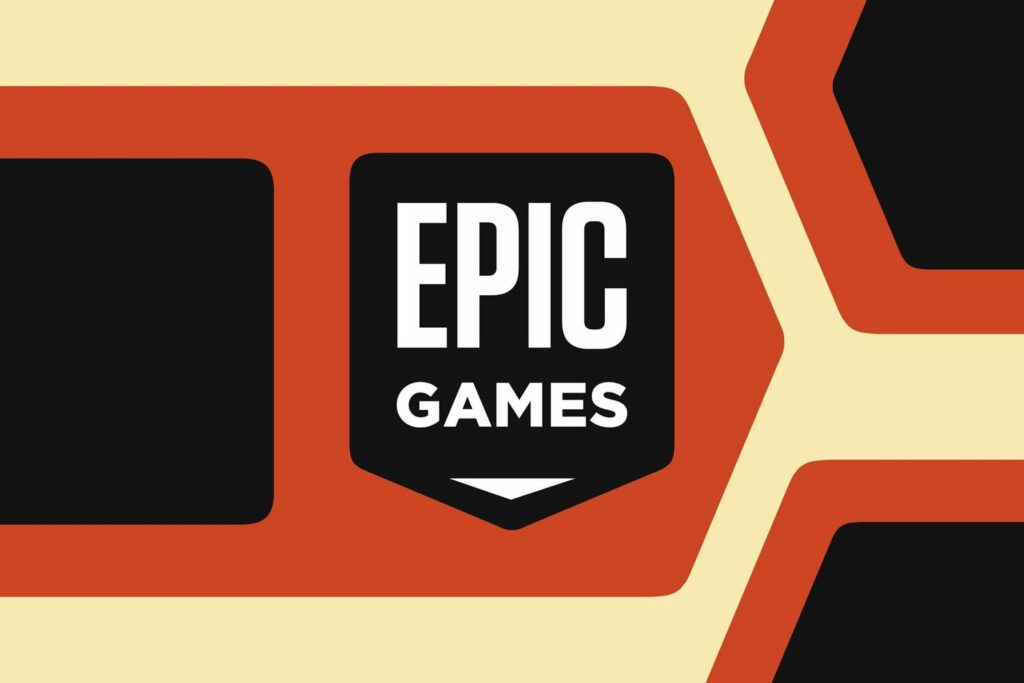
Introducing Epic Games’ “Creator Economy 2.0”: Epic Games dropped two major Fortnite-related updates at GDC, both relating to supporting creators. First, the Unreal Editor for Fortnite is now in beta, which is additive to Fortnite’s current Creative Mode tools and will enable creators to build a wider variety of experiences. Second, Epic announced that 40% of all Fortnite net-revenue will go to creators, split based on the engagement and retention the experiences drive. Naturally, some of this could still flow back to Epic, which will create experiences of its own, but it still is a major step forward. Tim Sweeney has long said that Fortnite will evolve from a game into a platform, and this has finally come to fruition. Plus, with approximately 50% of player time already spent in creator-made maps, this creator expansion should be a natural fit and might eventually become the most notable competition Roblox has seen. We’ll learn more details in the coming months, but it’s exciting to see Epic’s vision increasingly come to life.
Microsoft wins over the U.K.’s CMA in Activision Blizzard regulatory fight: After weeks of escalating tensions between Microsoft and Sony over the fate of the Activision Blizzard acquisition, Microsoft scored a major victory on Friday when the U.K.’s Competition and Markets Authority said it had changed its minds on the nature of the deal, specifically the impact of Call of Duty. “Having considered the additional evidence provided, we have now provisionally concluded that the merger will not result in a substantial lessening of competition in console gaming services because the cost to Microsoft of withholding Call of Duty from PlayStation would outweigh any gains from taking such action,” Martin Coleman, chair of the independent expert panel in charge of the CMA’s investigation, said in a statement. The CMA is still reviewing the deal over potential anticompetitive effects on the nascent cloud gaming market and expects to conclude its investigation by the end of next month. Given the reported likelihood the EU may rule similarly, it appears the ball is now in Sony’s court to sign a deal with Microsoft over Call of Duty rights.
Goodbye CS:GO, Hello Counter-Strike 2: Although more of a major upgrade than a brand new game, CS2, which is currently in limited testing, is now the future of Counter-Strike. The game is built on Valve’s newer Source 2 engine. This naturally means enhanced visual fidelity, audio quality, and a superior physics system, but the experience should be largely familiar. Player info, assets, maps, ban lists, and more will carry over to the new game, and skillsets should largely transfer too. This upgrade also lays the foundation for Valve to roll out “new features and updates for years to come,” and we should see more updates before the game fully launches this summer. Despite being out for a decade, CS:GO continues to be a top-ranked game on Steam, and this upgrade should help keep that streak alive for the foreseeable future.
Tencent’s results display sluggish growth yet signs of optimism: Tencent, the largest games company in the world by revenue, reported its Q4 and full-year earnings results this week. In short, with overall revenues roughly flat year-over-year (for both the quarterly and annual comparisons), growth has certainly underwhelmed, but naturally there are many moving parts. Within gaming, domestic revenues decreased 6% as a result of the previous game approvals freeze and efforts to crack down on minors’ playtime. Internationally, games sales grew 5% (11% excluding currency impact), and Tencent will continue to prioritize expanding its international reach. There’s a mix of headwinds (CCP influences, geopolitical pressures, co-development difficulties, etc.) and tailwinds (accelerating game approvals, efficiency measures, new studio launches, large warchest for dealmaking), but despite the never-ending regulatory uncertainty, Tencent is still positioned to remain top dog. Naavik Pro will dig much deeper into Tencent’s earnings on Tuesday.
Polygon and Immutable join forces: In news that shakes the world of web3 gaming, these two industry leaders announced that they are becoming strategic partners. In short, Immutable launched its “Immutable zkEVM” platform (a fancy way of saying it’s compatible with Ethereum and scales cheaply), which will be powered by Polygon’s technology. This arrangement isn’t exclusive on Polygon’s end — it will still continue to support games beyond Immutable’s ecosystem (and surely would like its tech to support even more platforms) — but the alliance is still important. For one, it helps simplify game developers’ decisions of where to build; if the top two choices previously were often Polygon or Immutable, now developers can get both at once. This is a clear win for Immutable, which is increasingly earning its position as the top contender for web3 games. But it’s also a win for Polygon, which should be more viewed as an AWS of sorts; it aims to serve all industries and was never going to build purely for gaming, so aligning with its top competitor means it can still support more games projects while continuing to build and serve more broadly. Plus, given the tremendous amount of fundraising and high valuations that were set in the last couple years, any actions to ramp up demand certainly don’t hurt. This is also one of the first signs of consolidation in web3 gaming, but it likely won’t be the last.
In Other News
💸 Funding & Acquisitions:
- A16z led a $40M round in EVE Online developer CCP Games. Link
- Atari acquired retro game specialists Nightdive Studios. Link
📊 Business:
- Playtika's deal to acquire Rovio has come to an end. Link
- Amazon Luna launched in the U.K., Germany and Canada. Link
- Microsoft's latest 10-year cloud gaming deal is with Ubitus. Link
- California judge dismissed gamer lawsuit against Microsoft ABK acquisition. Link
- U.K. regulator sides with Microsoft over Call of Duty on PlayStation concerns. Link
- Immutable and Polygon Labs created a strategic alliance for Web3 gaming. Link
🕹 Culture & Games:
- The biggest announcements from Epic Games’ State of Unreal 2023 keynote. Link
- Ubisoft is developing an AI tool “that aims to support scriptwriters.” Link
- Unity is also working on AI development tools. Link
- Valve announces Counter-Strike 2, a free replacement for CS:GO. Link
- Netflix plans to launch 40 games this year. Link
👾 Miscellaneous Musings:
- How to build great products with game design, not gamification. Link
- Tim Sweeney believes the metaverse is "happening for real.” Link
- How Twitch lost its way. Link
This Week In Naavik Pro
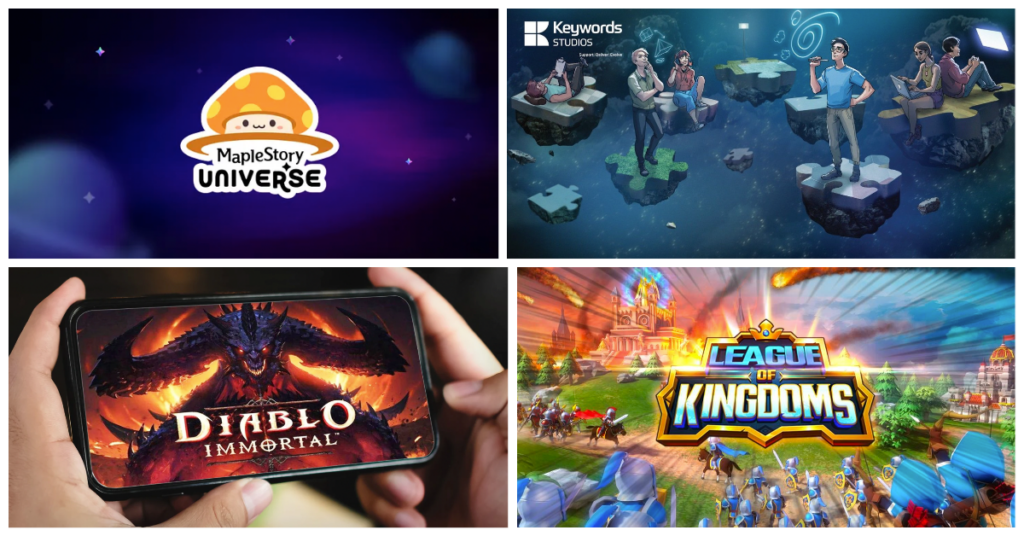
Looking for more great games industry analysis? Check out Naavik Pro!
This past week the Naavik Pro team published:
- A deconstruction of blockchain-based strategy game League of Kingdoms.
- A research essay analyzing the live-ops strategy behind Blizzard’s Diablo Immortal.
- An analysis of Keywords Studios’ most recent earnings release.
- An essay on what Meta’s “Year of Efficiency” means for the game industry.
- A dive into how Sony’s PlayStation Mobile strategy is shaping up so far.
- A breakdown of Nexon’s web3 plans for MapleStory.
- An analysis of Square Enix’s Symbiogensis project.
This upcoming week, we’ll have a research essay on the state of wallets in web3 gaming and a joint game deconstruction of EA’s Golf Clash and Zynga’s Golf Rival, as well as earnings coverage of GameStop, Huya, and DouYu. We’ll also have much more to come after that!
If you’re interested in learning more or signing up, request a demo below.
🔥Featured Jobs
- Coda Payments: VP of Growth (Los Angeles, California)
- Modulate: Content Marketing Associate (Somerville, Massachusetts)
- Carry1st: Head of Product Marketing (Barcelona, Spain | Remote)
- Merit Circle: Head of Investment & Partnerships (Amsterdam | Remote)
- FunPlus: Lead Game Designer - New Casual Studio (Barcelona, Spain)
- Flick Games: Chief of Staff (Remote)
You can view our entire job board — all of the open roles, as well as the ability to post new roles — below. We've made the job board free for a limited period, so as to help the industry during a harsh period of layoffs. Every job post garners ~50K impressions over the 45-day newsletter featuring period and results in 1 - 10 applications depending on the company and role.

